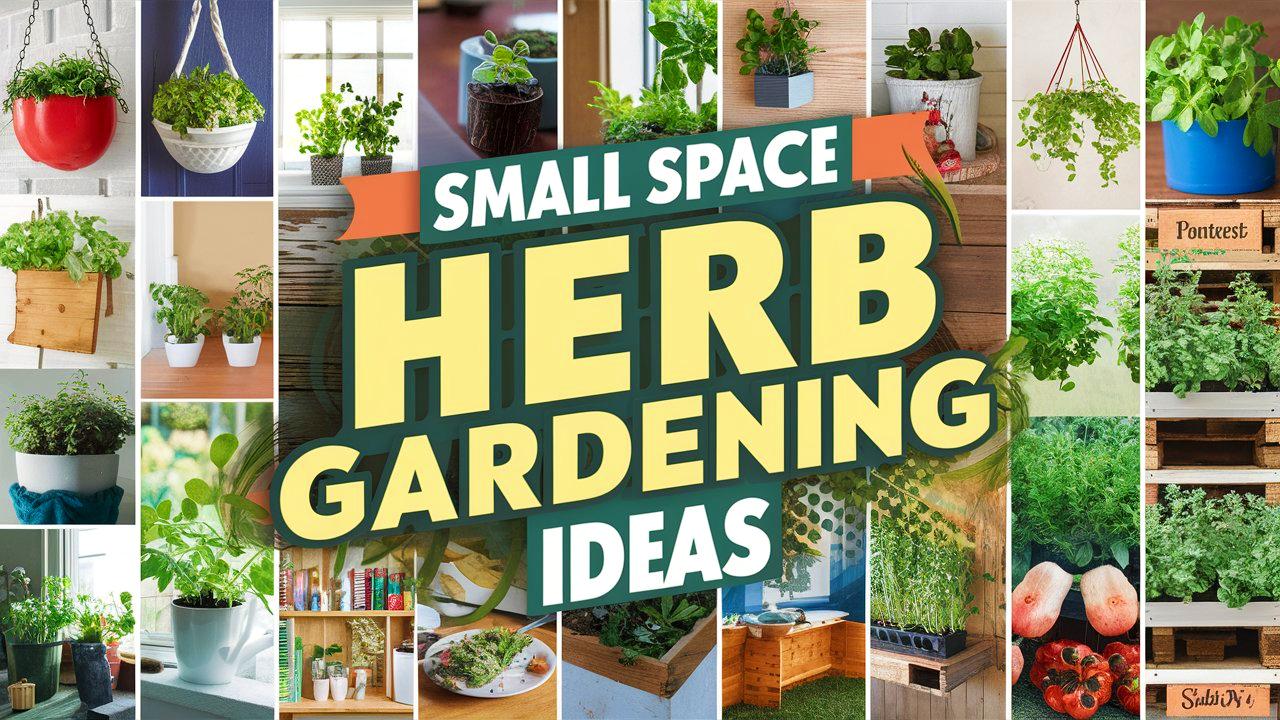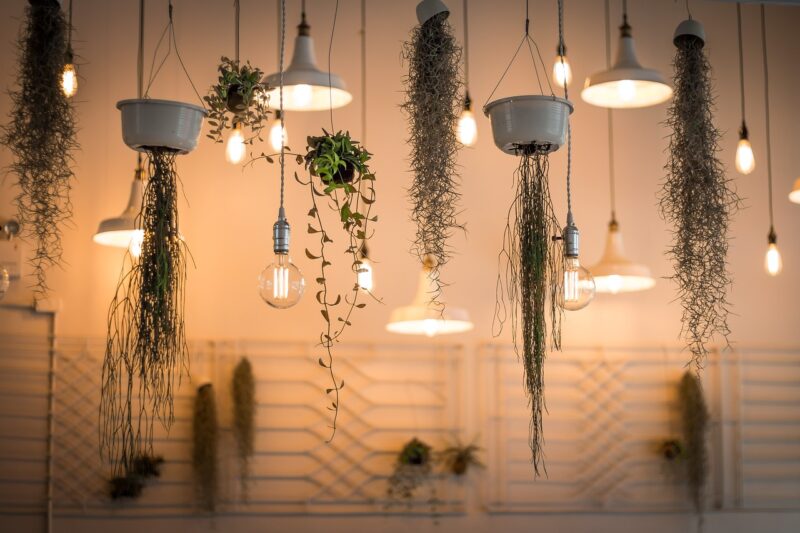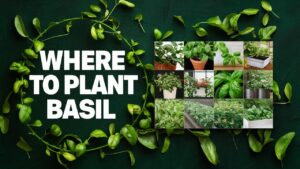Gardening is often associated with sprawling lawns and extensive plots of ground, but what if you’re short on space? That doesn’t mean you have to forgo the joys of homegrown herbs. With strategic planning and creativity, you can successfully create a thriving herb garden, even in the tiniest of spaces.
In this post, we’ll explore several small space herb gardening ideas that will empower beginners to cultivate flavorful herbs at home.
Pick Good Containers
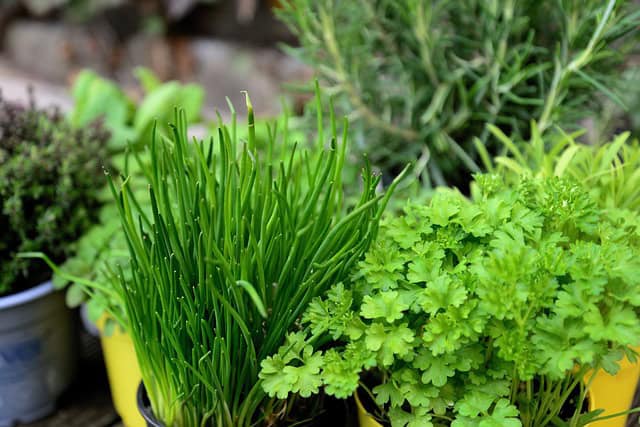
Containers are the cornerstone of a successful small space herb garden. Your selection of pots can make a significant difference in the health and growth of your herbs. Opt for pots with ample drainage holes since herbs don’t thrive in soggy soil. Terracotta pots are excellent for their breathability, allowing roots to get adequate oxygen. Consider self-watering containers, which help maintain moisture levels, reducing the frequency of watering.
Sizes also matter. Choose a variety of container sizes depending on the herb’s root depth. For example, shallow pots work beautifully for herbs like basil and chives, while larger pots are necessary for robust growers like rosemary and mint. Additionally, group pots together on a balcony, patio, or windowsill, creating a miniature herb oasis complete with contrasting colors and textures.
Plant Compact Herbs
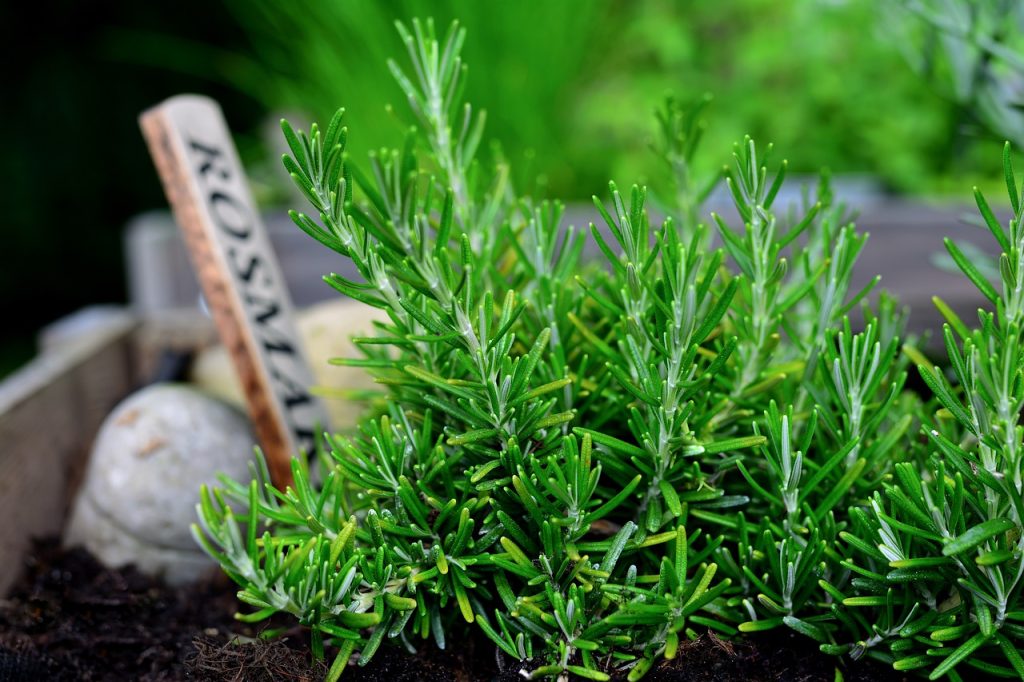
When dealing with limited space, select herbs known for their compact growth habits. These herbs not only take up less room but can also provide a more curated aesthetic. Thyme, chives, and parsley are excellent choices for small containers due to their manageable sizes.
Scented geraniums can also add fragrance while staying compact. Another option is the dwarf variety of popular herbs such as ‘Minette’ thyme or ‘Nana’ mint. These versions are bred specifically to flourish in small spaces, delivering the same aromatic qualities without overwhelming your available gardening area.
Provide Sufficient Sunlight
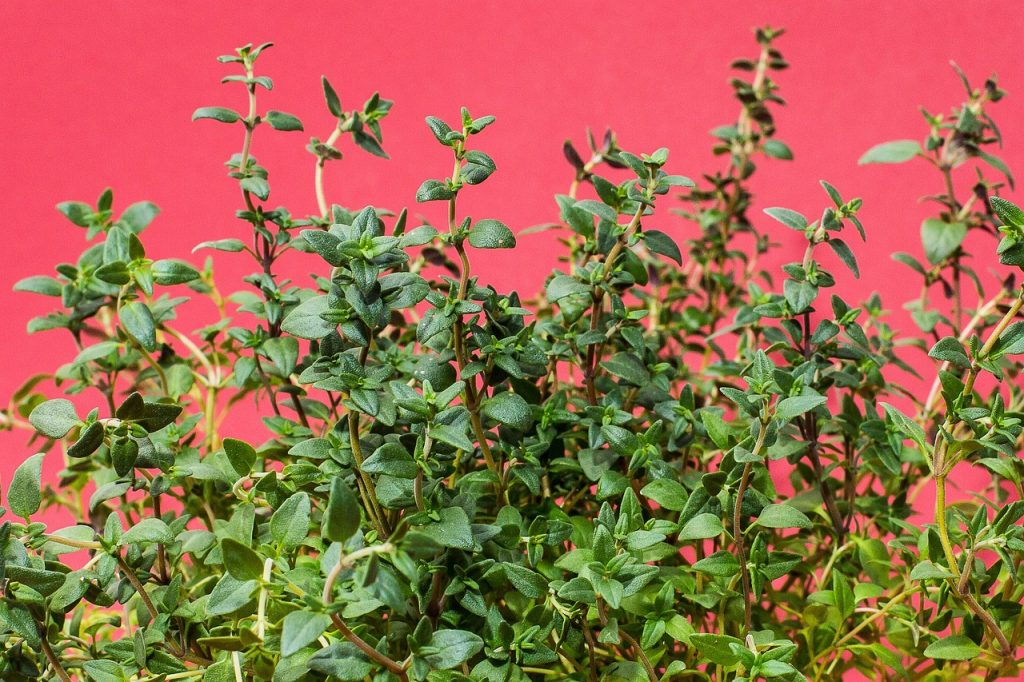
Most herbs thrive in bright, direct sunlight—ideally, 6 to 8 hours each day. For those new to gardening, it’s essential to observe light patterns in your chosen space. If you have south-facing windows, capitalize on that for sun-loving herbs like basil and oregano. The more sunlight your herbs receive, the more flavorful they’ll become, as sunlight fuels photosynthesis, ultimately leading to stronger, healthier plants.
For those with limited sunlight indoors or in shaded garden spots, consider supplementing natural light with artificial options. Observing your plants can give clues about light needs; if they’re leggy or stretching toward the light source, they may need a more suitable location or additional lighting.
Turn Plants
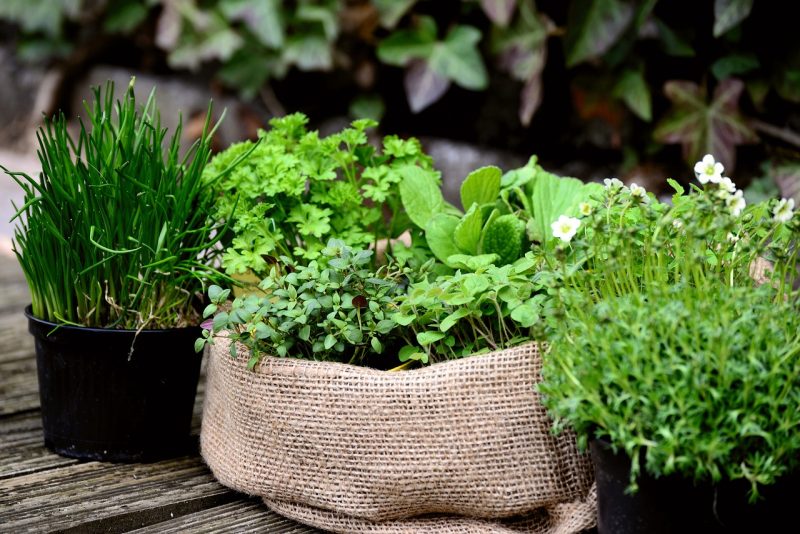
A simple but effective tip for maintaining healthy herbs in a small space is to regularly rotate your containers. Turning your plants ensures they receive balanced sunlight exposure. Often, herbs grow towards the light source, causing uneven growth. By periodically rotating the pots, you encourage uniform development, leading to a lush and full appearance.
Additionally, flipping the pots around can help minimize the risk of pests and diseases since they will not settle on one side of the plant’s foliage. Regularly checking for pests while turning your containers promotes a proactive approach to garden health.
Harvest, Prune, and Pinch
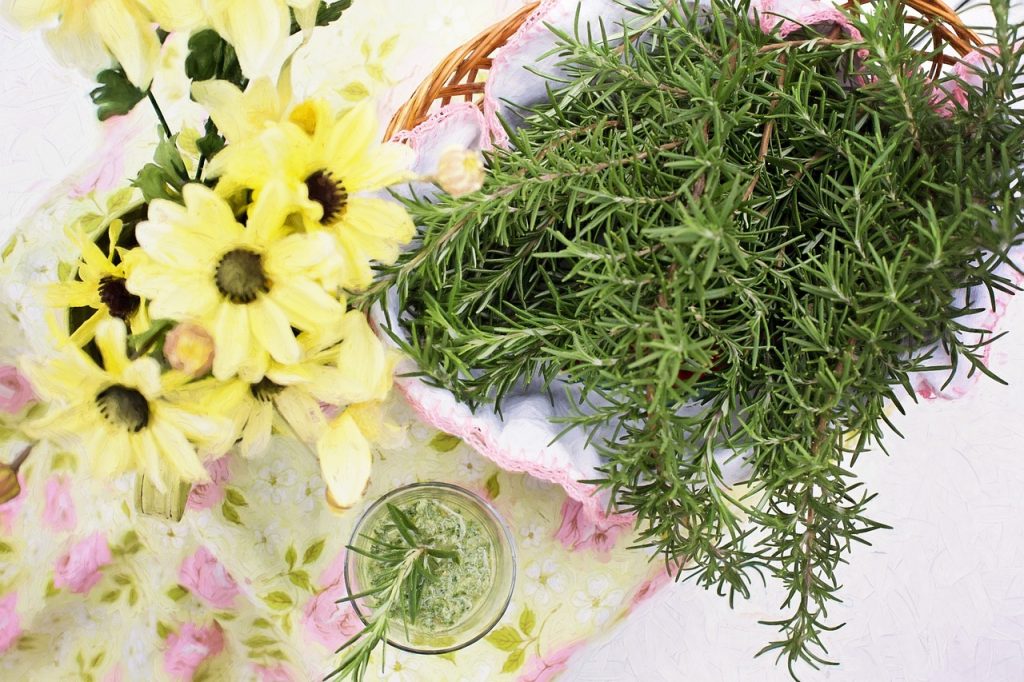
Regular harvesting is crucial in small space gardening. Harvesting herbs encourages new growth and prevents the plant from going to seed too early, which can reduce its lifespan. Aim to pinch off the tips of the stems regularly. This method, known as “pinching,” stimulates the plant to branch out and become bushier, yielding more leaves.
Don’t hesitate to be generous when harvesting. Herbs such as basil respond well to frequent cutting, allowing them to thrive and produce fresh growth. Removing flowers or seed heads will also redirect the plant’s energy into leaf production. If you allow herbs to bolt and flower, you’ll find they produce a bitter taste and may lose some of their aromatic qualities.
Use a Grow Light Shelf
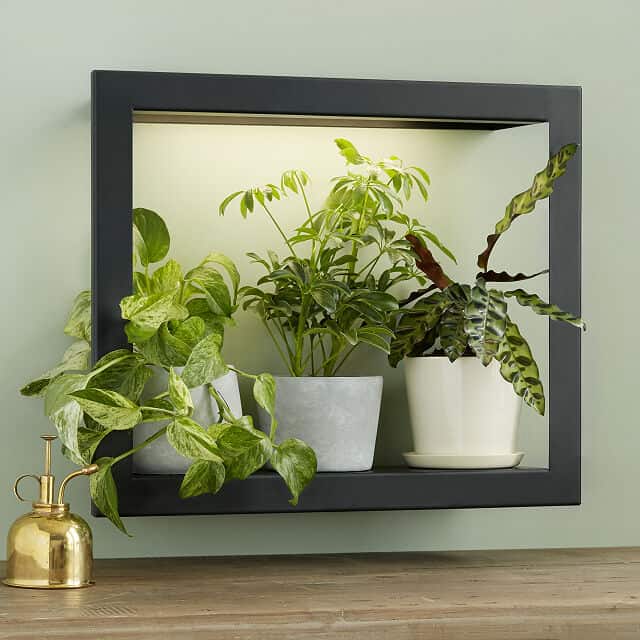
For the ultimate indoor herb garden, consider investing in a grow light shelf. This setup not only provides sufficient illumination but creates an organized and aesthetically pleasing focal point in your home. Grow lights mimic the natural spectrum of sunlight, allowing you to grow herbs indoors year-round, regardless of outside weather conditions.
You can easily assemble a grow light shelf using simple shelving units available in most home improvement stores. Place adjustable grow lights on each shelf, ensuring your herbs receive adequate light at all stages of growth. This method maximizes your vertical space while giving you the flexibility to experiment with a broader variety of herbs.
Divide or Prune
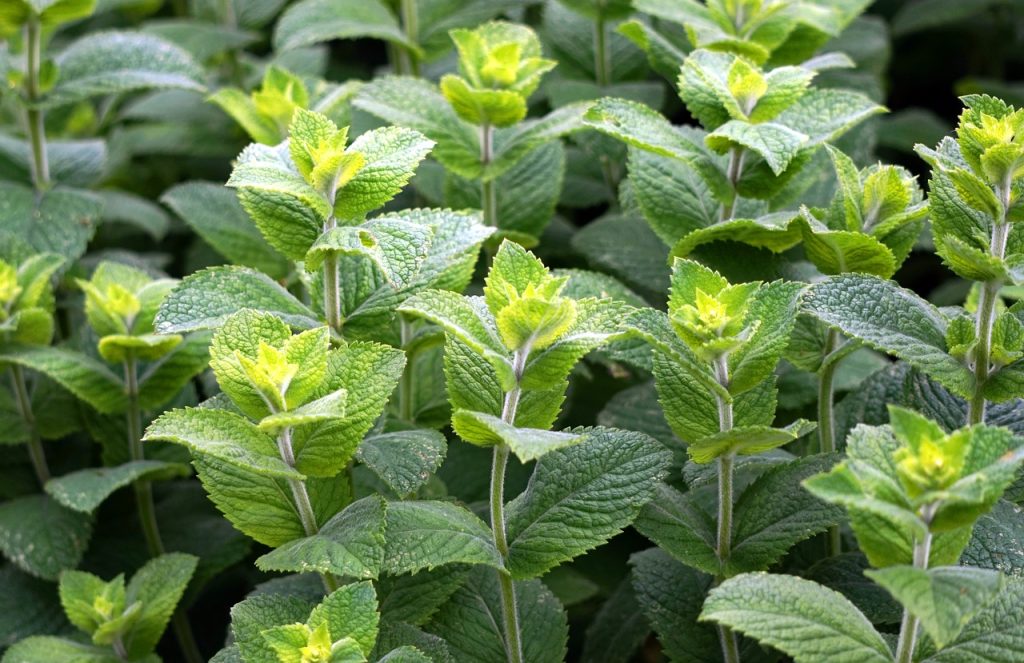
To keep your small herb garden thriving, remember to occasionally divide or prune larger herbs. Dividing perennials like mint or chives can rejuvenate your plants, ensuring they don’t become overcrowded in their containers. This practice is particularly beneficial if you have limited space.
When digging up and dividing root systems, use sharp tools to limit damage and then repot them into smaller containers. This is an opportunity to share excess plants with friends or expand your own garden without purchasing new herbs. Pruning helps prevent overgrowth and maintains the shape and size of your plants, ensuring they fit comfortably in their dedicated spaces.
Use Quality Soil
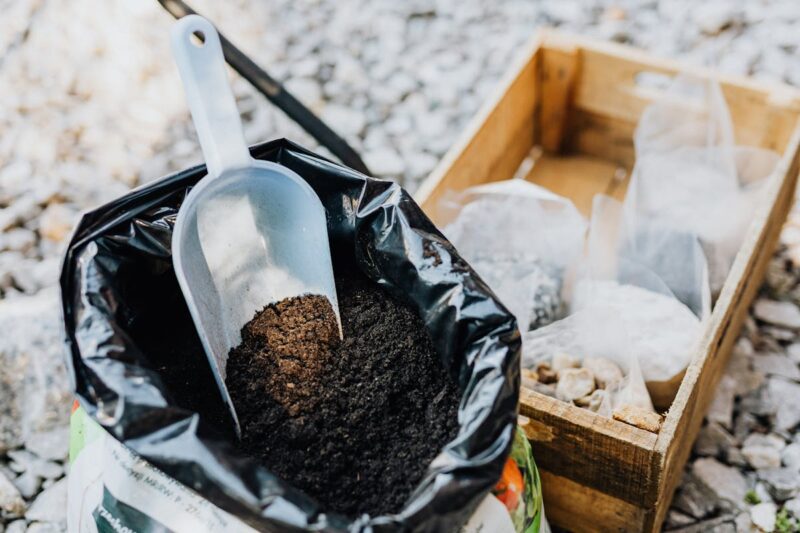
The foundation of any garden lies in its soil. Using high-quality, well-draining potting soil is critical, especially in containers. Herbs thrive in a light, airy medium that allows roots to breathe while retaining some moisture. Look for organic potting mixes that often contain a blend of ingredients such as peat moss, perlite, or coconut coir.
Good soil will hold moisture without becoming compacted, providing adequate nutrients for your plants. You might also consider adding compost to enrich the soil with beneficial microorganisms or using granular fertilizers formulated specifically for herb gardening. This attention to soil quality will set the stage for healthy, productive herbs.
Use Minimal Fertilizer
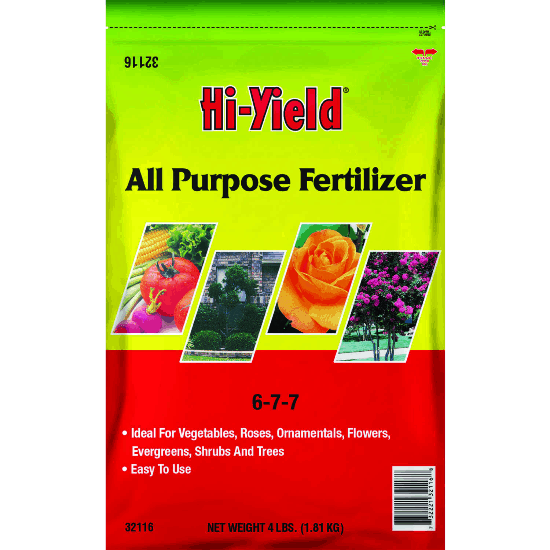
While herbs can benefit from occasional feeding, it is essential to avoid over-fertilizing, especially in small spaces. Excessive fertilizer can lead to lush foliage but diminishes the herb’s flavor profile, counteracting the very reason for growing them.
If you choose to fertilize, opt for organic options such as fish emulsion or kelp meal, which provide slow-release nutrients. Following package directions is crucial, and be cautious about feeding herbs too frequently—typically, once a month is sufficient during the growing season.
Use Edge Space Wisely
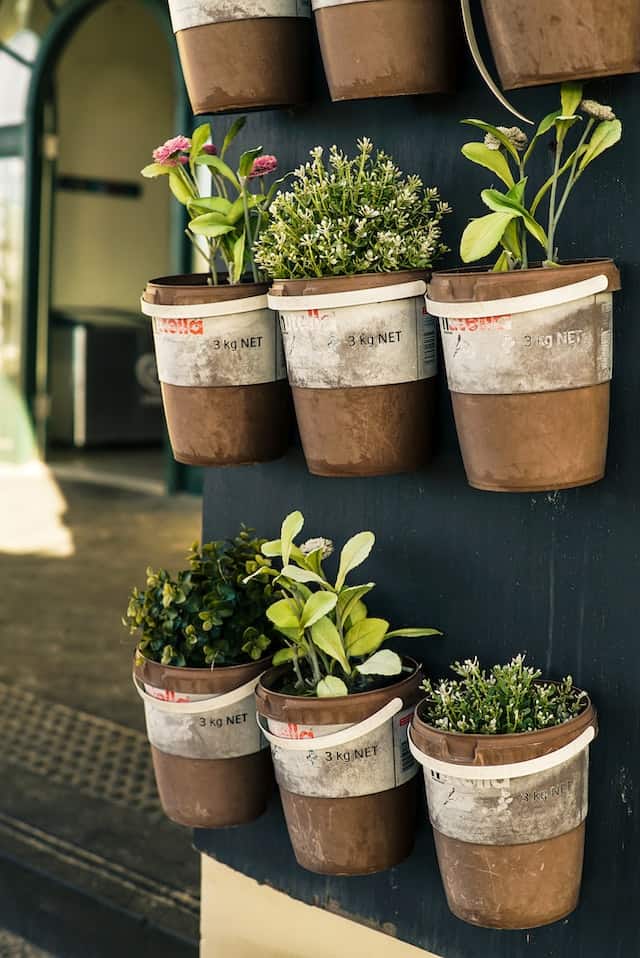
Maximize every inch of your small garden by using available edge space creatively. Consider tiered plant stands or wall-mounted shelves to hold containers. Vertical gardening not only saves space but can also add visual interest to your garden.
In addition to shelves, think about using vertical planters or pocket gardens that attach to walls or fences. These options allow you to grow a variety of herbs without compromising ground space. Even the edges of common areas, such as stair railings or doorstep landing spots, can accommodate small pots of resilient herbs like thyme or trailing rosemary.
Practice Succession Planting
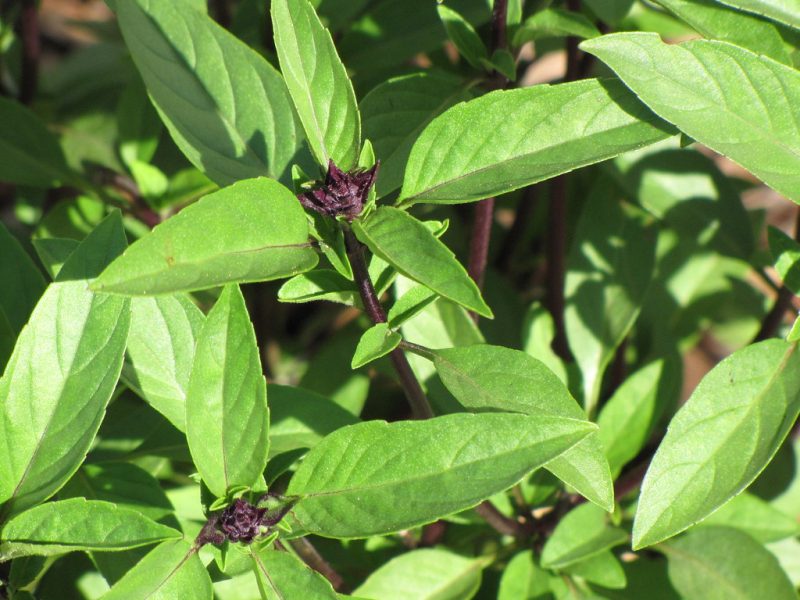
Succession planting is a technique that keeps your small herb garden continually productive. Given that herbs have varying growth rates, stagger your plantings to ensure a steady supply of fresh herbs.
For example, sow a new batch of basil every few weeks to avoid a sudden glut of mature plants and preserve their quality. This practice allows for constant harvesting and enjoyment of newly grown flavors throughout the season. Note that some herbs, such as cilantro, tend to bolt quickly, making succession planting especially useful for ensuring continuous harvests.
Add Hanging Baskets
Hanging baskets present a stylish solution for maximizing vertical space in your small herb garden. They are an excellent fit for trailing herbs, like mint, oregano, or chives, which can cascade beautifully over the edges. Hanging baskets can be suspended from ceiling hooks, wall brackets, or railing hooks, turning empty airspace into productive garden areas.
Keep in mind that you may need to water your hanging herbs more frequently than container-grown ones, as baskets tend to dry out faster. A drip tray can help catch excess water, preventing messes in your living space. The aesthetic appeal of hanging baskets will transform your gardening area into a vibrant herb haven.
Plant Close
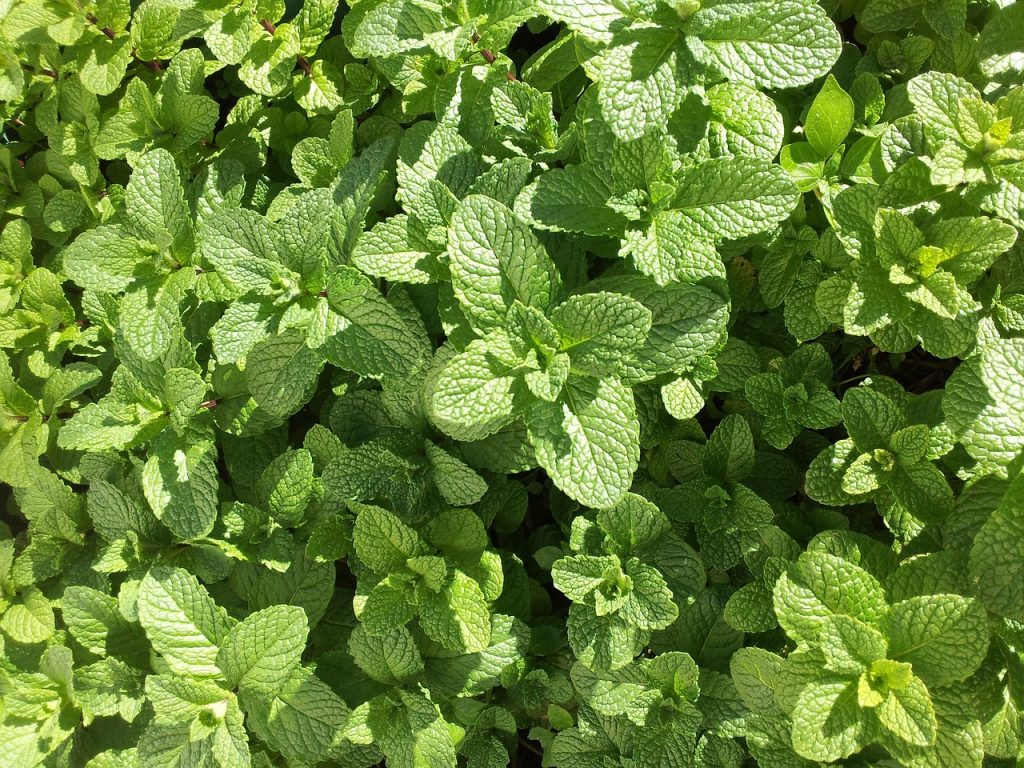
In a small space, cramming your herbs may seem counterintuitive, but planting them close together can actually be beneficial. Herbs like basil, dill, and cilantro can be grown in proximity without competing excessively for nutrients if you’ve provided good quality soil and appropriate watering techniques.
This close planting allows you to create a lush look in your garden while optimizing light exposure and moisture retention. Just be mindful of the herbs’ final sizes; regular pruning will mitigate overcrowding and ensure each plant thrives.
Practice Interplanting
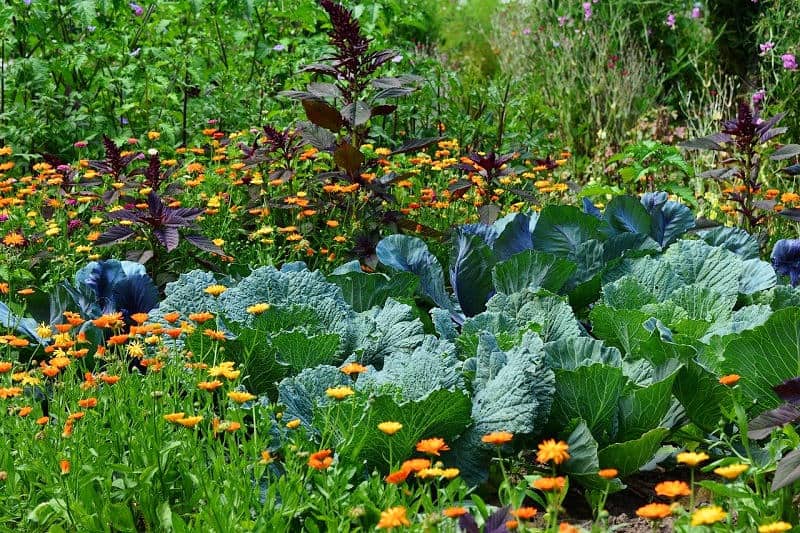
Interplanting, or companion planting, is an advanced strategy that can enhance your herb garden’s productivity while making efficient use of your limited space. Certain plants complement each other, either repelling pests, attracting beneficial insects, or encouraging each other’s growth. For instance, basil is known to enhance the flavor of tomatoes grown nearby and deter common pests.
Incorporate flowers that attract pollinators along with your herbs. Marigolds and nasturtiums can add color while deterring harmful insects that may invade your herbs. By thoughtfully planning your interplanting arrangement, you’ll encourage a healthy ecosystem in your small garden while maximizing your growing potential.
Conclusion
Creating a small space herb garden doesn’t have to be daunting. With the right containers, ample sunlight, strategic planting techniques, and careful maintenance, even the most compact spaces can flourish with vibrant herbs. Remember to be innovative with your arrangements, use quality ingredients, and apply best practices tailored to small-space gardening.


